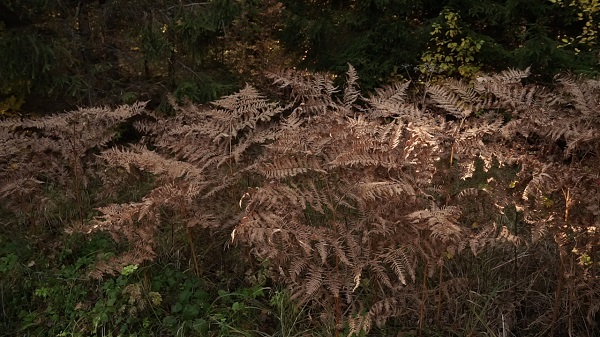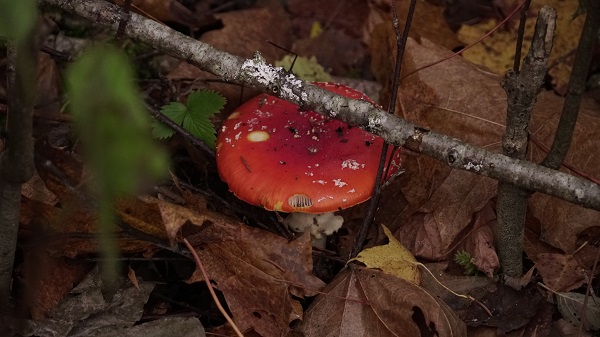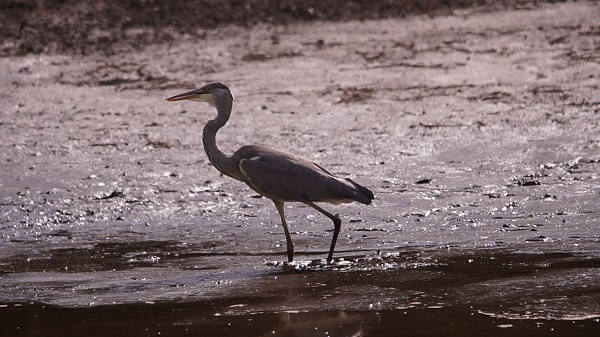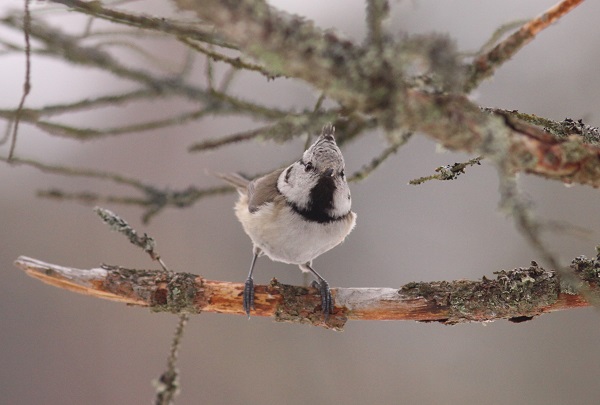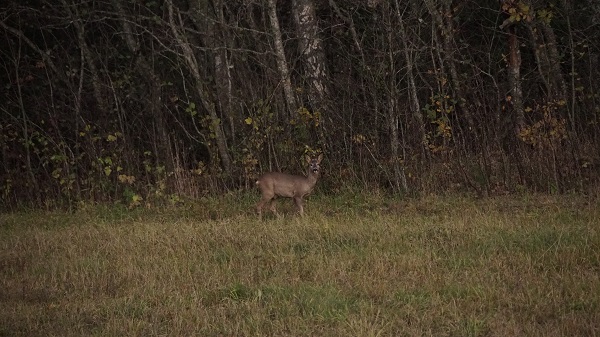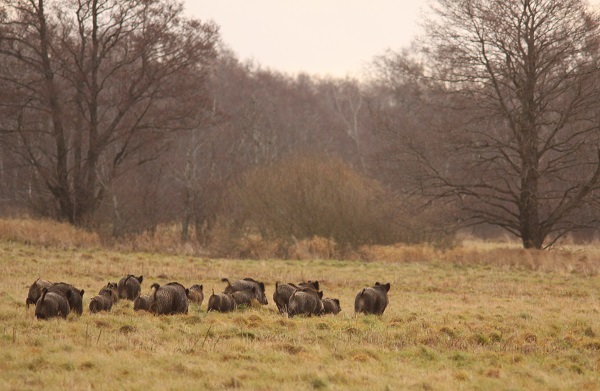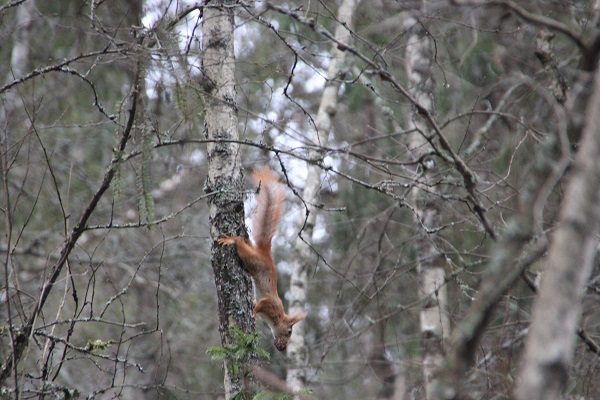Animals are Gathering in Groups to Get Ready for Winter
November - the last autumn month in the calendar. Wind is tearing the few remaining leaves from trees, and playing with the leaves that have already been torn and have not yet turned into a tight covering on the ground.
Some red berries are still to be spotted here and there among the bare branches. In many places, there are red mushrooms and mucus mushrooms. While the temperature stays above zero, there is a number of mushroom and mucus mushroom species, which enjoy the autumn's coolness and continue to live until persistent frost sets in.
Moreover, some species of edible mushrooms, such as winter fungus, two-toned wood-tufts, in spite of the first messengers of winter, are still growing on many different parts of trees and their remains. Surprisingly, but even at the beginning of November, mushroom pickers are still returning from forest with full baskets.
Many of the migratory birds nesting in Latvia have already flown away, in turn transit birds have arrived from other countries; our winter guests - wintering birds - are also already here. Bohemian waxwings have already migrated here and can be now spotted in bigger and smaller groups. Anseriformes, including swans, are also forming groups; there are local birds who have not yet flown away, as well as those who have arrived from cooler areas.
Mixed groups of small birds are wandering around woods; these groups consist of several species that join together to have more eyes and ears - to feel more secure against predators. These groups consist mainly of several species of titmouses, and some treecreepers and wood nuthatchs. In spruce forests, they are often joined by the smallest birds - goldcrests that, however, feel very well in their own groups.
Also crows and Eurasian jays, and sometimes spotted nutcrackers tend to stay in larger groups in autumn. Ravens wander around in pairs, but if they find something valuable, such as a larger carrion, several individuals gather together.
However, there are bird species the representatives of which do not like to live in companies during the wintering period. White-throated dippers, common kingfishers and great grey shrikes are the most common loners to visit Latvia in winter. Predatory birds and piciformes also live with us in the cold season.
Nearly all the mammals are dressed in their winter coats in November; they are thicker and lighter than those worn during the warm season. While there is still no snow, the light colour of their winter coat is often too visible against the background colours; therefore the camouflage in fact has the opposite effect.
In the cold season, the majority of roe deer and red deer tend to graze in groups or family flocks where mothers and young animals hold together. In turn, the old male roe deer and red deer, as well as male moose that have their antler-shedding period in November – mostly live alone. Moose females, on the other hand, graze together with their this year's offspring, which have already grown quite large in size.
Wild boar groups also experience some unrest at the end of November. This is due to the old boars. Why? Because wild boar “wedding season” is starting. It is the time when boars are chasing piglets and younger boars that are forced to stay in separate groups near their mothers.
As winter is approaching, beavers typically stay in families or couples, depending on the age of the individuals. Usually they stay in the vicinity of their homes. Beavers cut down trees and take them to their underwater storage facilities for food reserves.
Although they prefer does and hares, neither wolves nor lynxes refuse beaver meat. Lynx males currently live alone, while females stay together with their this year's offspring.
Other active predatory mammals that are not having their winter sleep tend to live as loners.
Insect-eaters, as well as small rodents - squirrels and myomorpha - fight individually for the survival in the cold season. Many myomorpha rodents, such as mice and common voles, are looking for easy-to-access feed, becoming sub-lessees in human dwellings. There, these animals are confronted with the presence of individuals of unwanted species and the need to compete for the living space.

